Tiny House Plans with Loft - Maximize Space
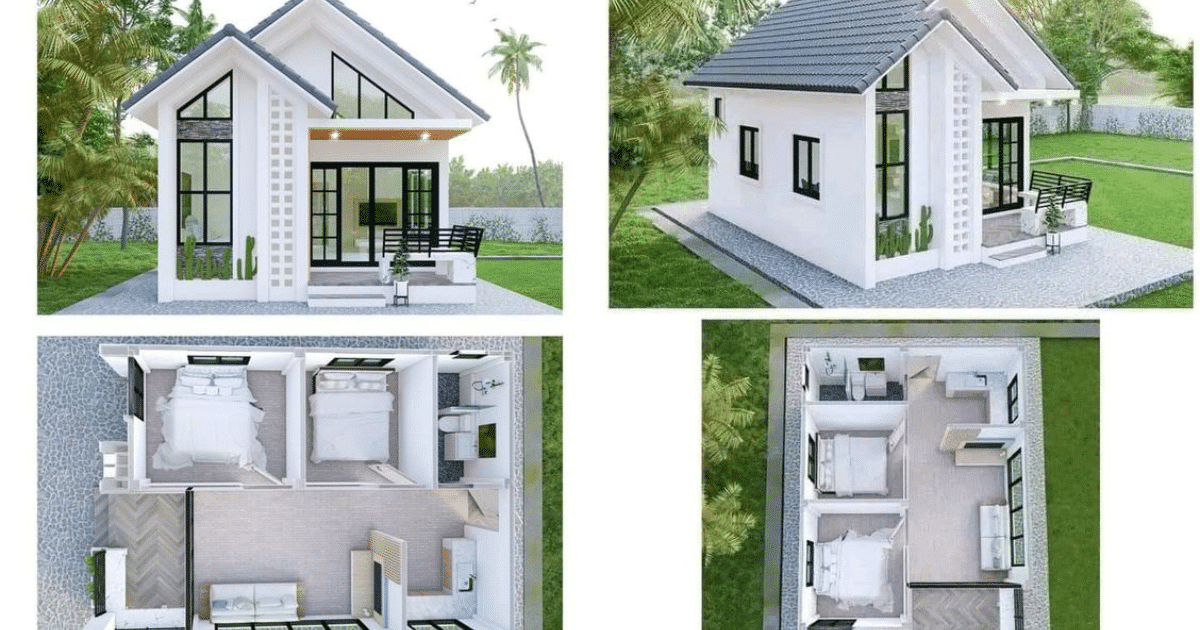
Tiny houses are becoming increasingly popular among individuals seeking a sustainable and space-efficient lifestyle. These small homes offer a range of advantages, including effective use of limited space, increased organization, and reduced energy consumption. By adopting a minimalist approach, tiny homeowners can enjoy a more meaningful and budget-conscious life.
One key feature that sets apart many tiny houses is the inclusion of a loft. A lofted space adds valuable square footage to these compact dwellings, allowing for creative use of vertical space and maximizing the available area.
Whether you're looking for tiny house plans with loft, small house plans with loft, or lofted tiny house plans, incorporating a loft in your design can provide numerous benefits.
- Advantages of Tiny House Living
- Financial Benefits of Tiny House Living
- Environmental Benefits of Tiny House Living
- Challenges of Tiny House Living
- Conclusion
-
FAQ
- What are the advantages of living in a tiny house?
- How do tiny houses maximize space?
- What are the financial benefits of living in a tiny house?
- How do tiny houses promote sustainability?
- What are the challenges of living in a tiny house?
- Do tiny houses with lofts offer a space-efficient living solution?
Advantages of Tiny House Living
Living in a tiny house offers numerous advantages. These homes are designed for maximum efficiency and make effective use of every inch of space. They often feature high ceilings, an open-plan layout, and multi-purpose furniture to create a spacious atmosphere.
Tiny house designs also prioritize sustainability, with features like energy-efficient solar panels and rainwater harvesting systems. The minimalist aesthetic and clever storage solutions contribute to a clutter-free and organized living space.
If you're considering a tiny house, you'll be pleased to know that there are various loft house plans, loft design ideas, loft floor plans, and loft style house plans available to suit your preferences and needs. These plans emphasize efficient use of space, allowing you to optimize the available square footage.
To give you an idea of the possibilities, here is a brief overview of popular loft design ideas:
- Mezzanine Loft: This loft design creates an elevated sleeping area that maximizes vertical space. It's a clever way to separate the bedroom from the living area without compromising openness.
- Storage Loft: If you need extra storage space, a storage loft is a practical solution. It provides a designated area for storing items that are not frequently used, keeping your living space tidy and clutter-free.
- Workstation Loft: A loft with a dedicated workspace is perfect for remote workers or individuals who require a designated area for creative pursuits. This design ensures a separate and productive workspace within the tiny house.
- Multi-Purpose Loft: A multi-purpose loft combines different functions, such as a sleeping area, storage, and a workspace. This versatile design maximizes the usability of the loft space and enhances the overall functionality of the tiny house.
By incorporating these loft design ideas into your tiny house floor plan, you can create a space that meets your specific needs while maintaining the advantages of efficient living.

Testimonials
"Living in a tiny house with a loft has completely transformed my lifestyle. The smart design and efficient use of space allow me to live comfortably and sustainably, without feeling cramped. I love how the loft provides a separate sleeping area, creating a cozy and private retreat within my tiny home." - Mary Smith
"I was initially skeptical about living in a tiny house, but the advantages quickly won me over. The loft design ideas and loft house plans available allowed me to customize my space and create a functional and stylish living environment. I highly recommend exploring the possibilities of tiny house living with a loft!" - John Johnson
If you're ready to maximize your living space with a tiny house, consider incorporating a loft into your design. The advantages of efficient living, sustainable features, and customizable floor plans make tiny houses with lofts a compelling option for those seeking a minimalist yet comfortable lifestyle.
Financial Benefits of Tiny House Living
Aside from their compact footprint, tiny houses offer a range of financial advantages. When compared to traditional houses, the construction costs and ongoing energy consumption of tiny homes are significantly lower. This translates to substantial savings for homeowners, allowing them to allocate resources elsewhere and potentially achieve financial freedom.
Moreover, the reduced maintenance and cleaning requirements of tiny houses save valuable time and energy. Rather than spending weekends on extensive house chores, tiny homeowners can focus on their passions, hobbies, or quality time with loved ones. The simplicity of tiny house living empowers individuals to prioritize experiences over possessions.
"Living in a tiny house has alleviated financial burdens and has allowed us to pursue our dreams and passions without being tied down by debt." - Sarah Thompson, Tiny House Owner
Furthermore, adopting a minimalist lifestyle with fewer material possessions leads to more conscious spending and sustainable consumption habits. The smaller space encourages individuals to carefully consider their purchases and prioritize quality over quantity. By avoiding unnecessary expenses, tiny homeowners have the opportunity to save, invest, or contribute to causes they care about.
Creating a budget and tracking expenses becomes simpler in a tiny house. With reduced living costs, individuals can achieve financial stability and security more quickly. This financial freedom enables them to pursue entrepreneurial endeavors, travel, or invest in their personal growth.
Financial Benefits of Tiny House Living at a Glance:
| Benefits | Description |
|---|---|
| Lower construction costs | Tiny houses are significantly cheaper to build compared to traditional houses. |
| Reduced energy consumption | Tiny houses require less energy to heat and cool, resulting in lower utility bills. |
| Decreased maintenance and cleaning tasks | Tiny houses require less time and effort to keep clean and well-maintained. |
| Promotes conscious spending | A simpler lifestyle encourages individuals to prioritize meaningful experiences over material possessions. |

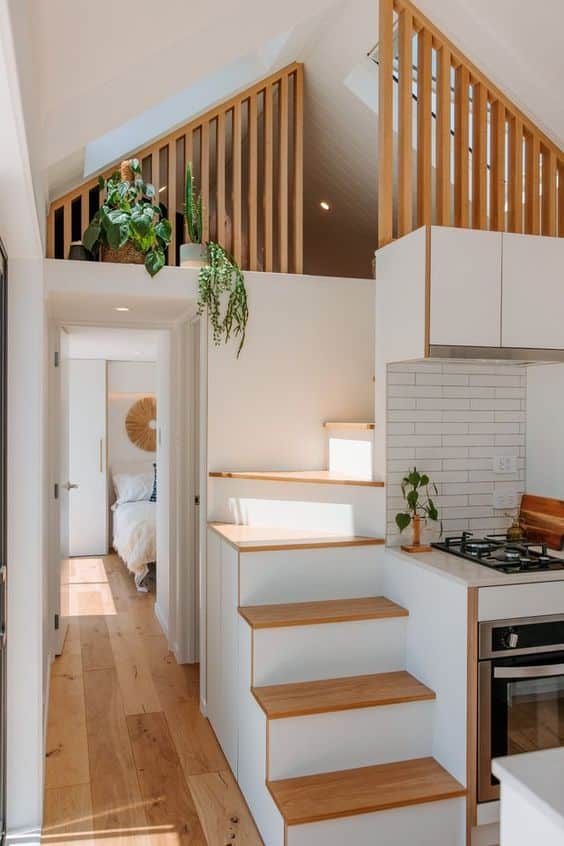
Environmental Benefits of Tiny House Living
Tiny house living offers more than just efficient use of space and financial savings - it also promotes sustainability and environmental responsibility. By embracing the minimalist lifestyle and opting for smaller dwellings, tiny homeowners contribute to a more sustainable future.
One of the key environmental benefits of tiny house living is the reduced use of natural resources. With their smaller size, these homes require less material and consume fewer resources during construction and maintenance. This approach helps conserve natural resources and minimize the ecological footprint of housing.
Many tiny houses are specifically designed to be energy-efficient, further enhancing their environmental impact. Features such as solar panels, rainwater harvesting systems, and efficient insulation reduce energy consumption and reliance on non-renewable sources. These eco-friendly design elements not only benefit the environment but also result in long-term cost savings for homeowners.
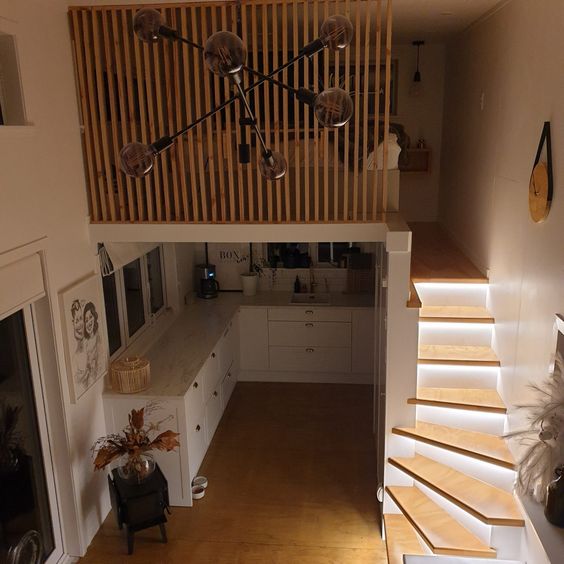
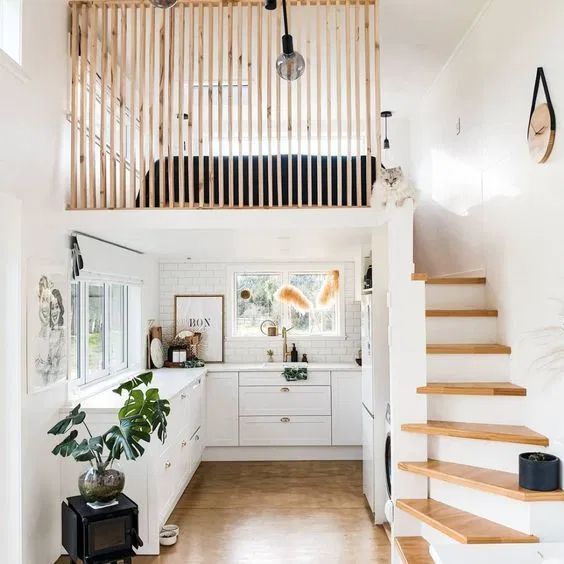
The integration of sustainable practices extends beyond energy efficiency in tiny houses. Their compact size encourages conscious consumption and reduces waste generation. With limited storage space, homeowners are inclined to adopt minimalist lifestyles, prioritizing essential items and avoiding unnecessary purchases. This shift towards sustainable consumption habits not only benefits the environment but also promotes a clutter-free and organized living space.
In summary, choosing a tiny house lifestyle brings about significant environmental benefits. From reduced use of natural resources to energy-efficient design features and conscious consumption, tiny homeowners actively contribute to a more sustainable future.
Challenges of Tiny House Living
While tiny house living has many advantages, it is important to consider the challenges that come with it. One of the main challenges is the limited storage space available in a tiny house. With a smaller footprint, it can be difficult to find room for all your belongings. However, this challenge encourages you to adopt a minimalist lifestyle and prioritize what truly matters.
Another challenge is the tight living quarters. In a tiny house, every inch counts, and you need to be creative with your layout and furniture choices. It may take time to adjust to the smaller living space, but with careful planning and organization, you can create a comfortable and functional home.
Despite these challenges, it's important to remember that they can also provide valuable experiences. Living in a tiny house allows you to adopt a fulfilling lifestyle focused on simplicity and sustainability. It encourages you to be mindful of your environmental impact and make conscious choices. The challenges of small house living become opportunities for personal growth, strengthening your resilience, and fostering a sense of contentment with less.
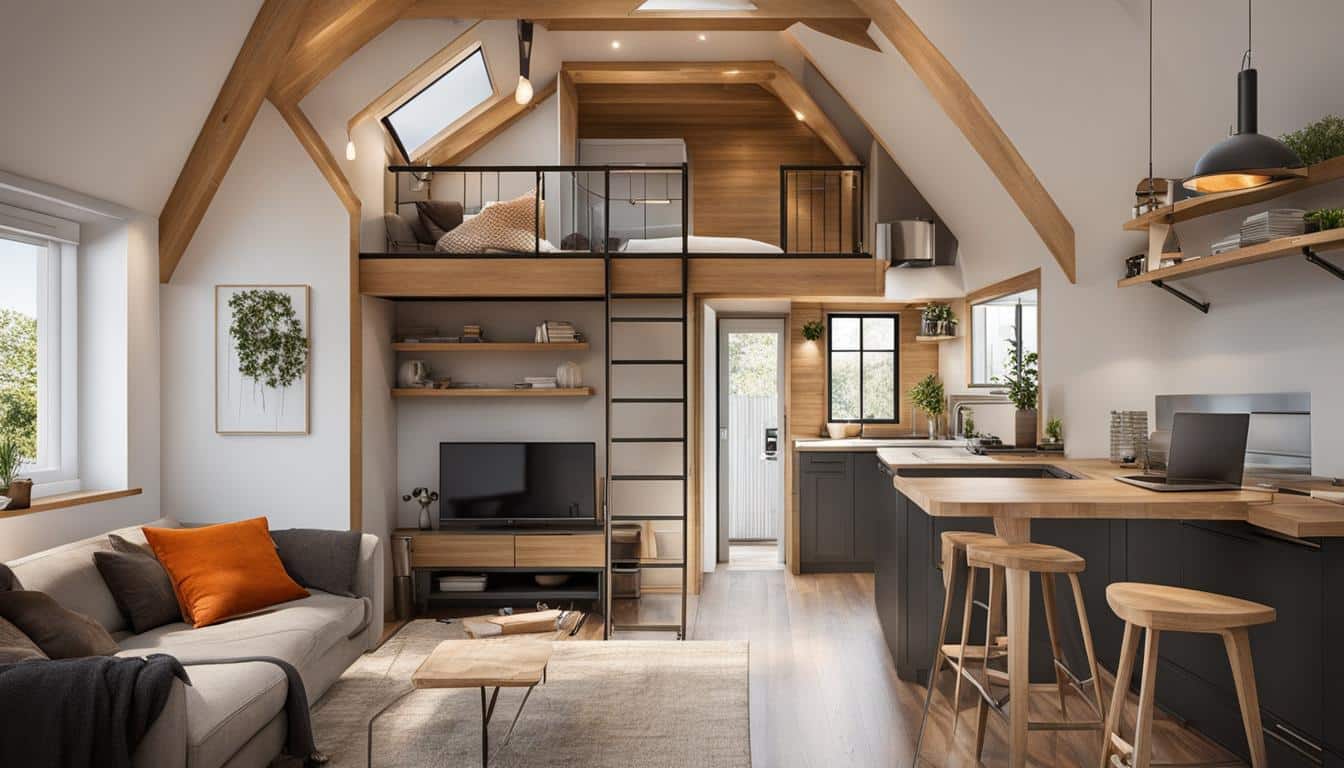
With the right mindset and determination, the challenges of tiny house living can be overcome. Embrace the journey and discover the rewards of living in a small, but thoughtfully designed space.
Conclusion
Tiny houses with lofts offer a unique and space-efficient living solution. These homes are designed to maximize space, making effective use of every inch. With small house plans with loft and lofted tiny house plans, homeowners can enjoy an open-plan layout and high ceilings, creating a spacious atmosphere.
Besides the advantages of space efficiency, tiny house living also brings financial benefits. With reduced construction costs, energy consumption, and maintenance tasks, homeowners can save money and simplify their lives. By adopting a minimalist lifestyle with loft house plans, loft design ideas, and loft style house plans, individuals can practice conscious spending and sustainable consumption habits.
Not only are tiny houses with lofts financially advantageous, they also contribute to a more sustainable future. With a smaller environmental footprint, these homes minimize the use of natural resources. Additionally, many tiny houses are designed for energy efficiency, incorporating features such as solar panels and rainwater harvesting systems. By choosing tiny cabin plans with loft or small cabin plans with loft, homeowners can actively contribute to environmental responsibility.
While there may be challenges associated with small house plans with loft and lofted tiny house plans, such as limited storage space, the benefits of tiny house living far outweigh them. By adopting this lifestyle, individuals can maximize their space, minimize their environmental footprint, and prioritize a more meaningful and sustainable way of life.
FAQ
What are the advantages of living in a tiny house?
Living in a tiny house offers advantages such as effective use of limited space, increased organization, and reduced energy consumption. It also promotes sustainability and creates opportunities for social bonding.
How do tiny houses maximize space?
Tiny houses are designed for maximum efficiency and make effective use of every inch of space. They often feature high ceilings, an open-plan layout, and multi-purpose furniture to create a spacious atmosphere. The minimalist aesthetic and clever storage solutions contribute to a clutter-free and organized living space.
What are the financial benefits of living in a tiny house?
The construction costs and energy consumption of tiny homes are significantly lower than traditional houses. Maintenance and cleaning tasks are also simplified, saving time and energy. Additionally, adopting a simplified lifestyle with fewer material possessions leads to more conscious spending and sustainable consumption habits.
How do tiny houses promote sustainability?
The smaller size of tiny houses results in less use of natural resources. Furthermore, many tiny houses are designed for energy efficiency, with features like solar panels and rainwater harvesting systems. By minimizing their environmental impact, tiny homeowners contribute to a more sustainable future.
What are the challenges of living in a tiny house?
Limited storage space and tight living quarters can be a struggle for some. However, with careful planning and organization, these challenges can be overcome. The benefits of tiny house living far outweigh the challenges.
Do tiny houses with lofts offer a space-efficient living solution?
Yes, tiny houses with lofts provide a unique and space-efficient living solution. They offer effective use of space, reduced environmental impact, and financial savings. By adopting this lifestyle, individuals can maximize their space, minimize their environmental footprint, and prioritize a more meaningful and sustainable way of life.